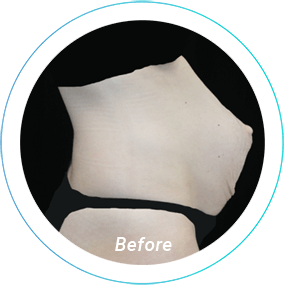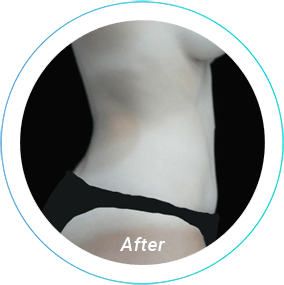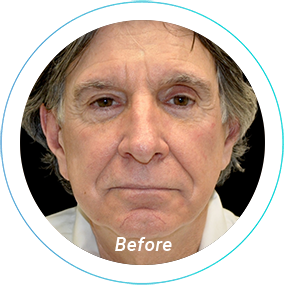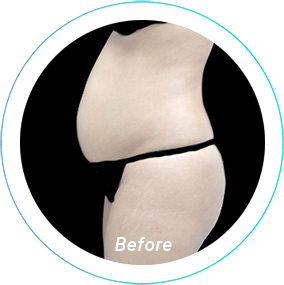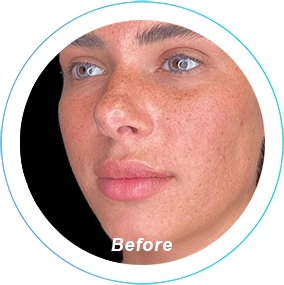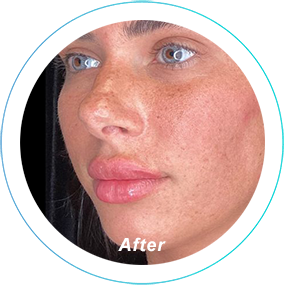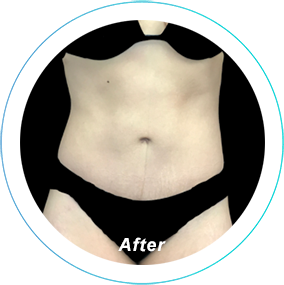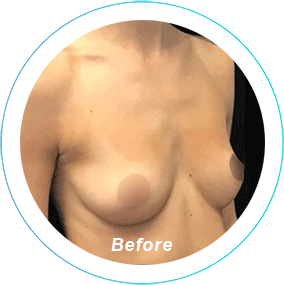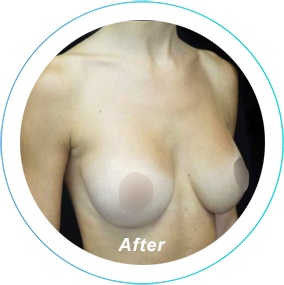For women with tubular breasts, the first sign of their condition comes during puberty.
Something seems off. While other girls develop fuller breasts, their development seems stymied partway through. Their breasts might be asymmetrical, far apart, pointy and tube-shaped rather than perky and round.
Unfortunately, for many women, this is where the discovery process ends. Self-conscious, they believe that their breasts and bodies must simply be different, and too often, they let this belief do damage to their body image and self-esteem. It may take years, even decades, before a physician recognizes the problem for what it is: tubular (or tuberous) breasts.
Tubular breasts vary in size and shape but share a few common symptoms: awkward amounts of space between the breasts, puffy areolas, asymmetry and other discrepancies. They’re more than just small, underdeveloped breasts: technically, tubular breasts are congenital disorders that exist before birth. Most women begin to notice them in their teens, when their breasts don’t quite develop like the girls around them.
One well-publicized account of tubular breasts was published last year in Cosmopolitan Magazine. The author, Kelly, discussed how she’d first become aware that something might be strange about her breasts when she caught a glimpse of a friend changing into a bikini. Compared to her own “pointy and narrow” breasts, her friend’s looked “perfect.”
After more than a decade of hiding her body, avoiding intimacy, and trying to ignore her insecurities, Kelly was finally diagnosed with polycystic ovary syndrome – her body didn’t produce the normal amount of the hormone progesterone, which led to problems with her breasts, as well as fertility.
Like any other woman, Kelly was crushed by the news, which was made even worse by her attempts to find a surgeon. She found that many plastic surgeons simply tried to correct similar deformities by inserting an implant, and checking the before and after galleries, she found the results to be “horrific.”
Fortunately, this story has a happy ending. Months of research paid off and Kelly was able to afford a surgeon with experience correcting tubular breasts. Instead of trying to use an implant to cover the problem up, Kelly’s surgeon, like Dr. Wooten, was trained in techniques that allowed him to actually break the tuberous breast ‘band,’ and expand her muscles and skin prior to inserting a breast implant. By making room for the implant first, he could then shape a breast that was round and symmetrical.
The result? As Kelly said, “At 29, for the first time, I feel beautiful. My body no longer holds me back from being the person I was meant to be.”
At Beleza Plastic Surgery, we’d be proud to make the same difference in your life. If you have tubular breasts, or you think that you might, we can help. Call (724) 759-7777 today to make an appointment for your consultation with Dr. Anna Wooten, board-certified plastic surgeon.
Correcting Tubular Breasts

by Dr. Anna Wooten







